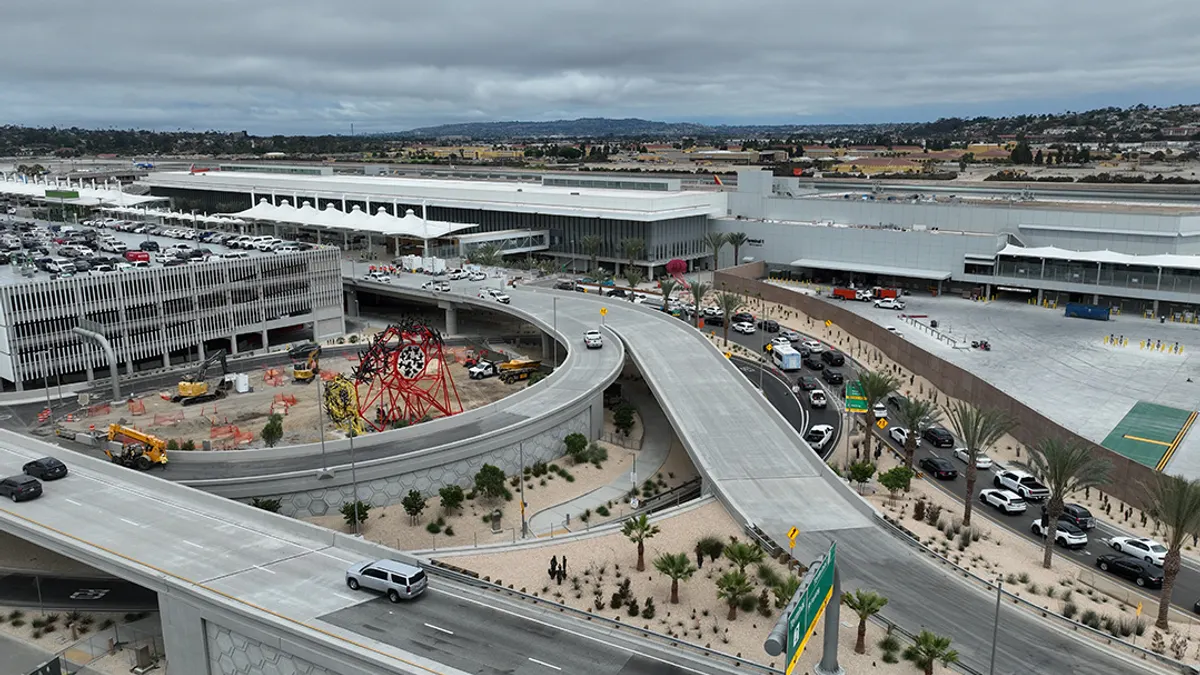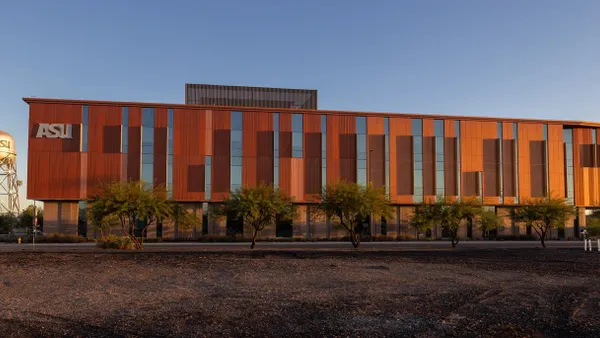Effectively managing multiple crews and projects in a rapidly changing environment has always been a critical part of the construction industry. However, after the initial shock of the COVID-19 pandemic and the resulting protocols, contractors now face a new challenge of reimagining how to get people safely back to work.
With fewer workers in offices and more people working remotely, the pandemic created a requirement for a distributed workforce. While front-line construction crews returned to jobsites, which were often considered essential services, many supporting personnel worked from home. As operations return to normal, how will the industry adapt to the new ways of working that have become the norm?
While many companies adapted to hybrid work and have completed over a year of remote operations, the construction industry faces different challenges when considering returning to work. Construction firms were forced to refactor and retool to support workflows that were previously in-person. The question of whether the industry will ever go back to the way things were pre-coronavirus is valid. What does the future of hybrid work look like for construction? Despite this question, core learnings have emerged to support the future of a construction hybrid work model.
Core COVID-19 Learnings:
-
People across industries have adopted certain ways of working. To remain competitive in an industry plagued with labor shortages, offering a hybrid work model can be a major benefit.
-
Site-based workplaces are challenging in terms of creating COVID-appropriate settings. When your office is a poorly ventilated trailer, there isn’t room for social distancing and the protocols that companies in other industries are adopting.
-
Empowering personnel with best-of-breed technology provides flexibility, safety, and a connected workforce for your company and distributed stakeholders (contractors, GCs, and owners).
While the industry considers its response, there continue to be workplace requirements to minimize personnel on-site. If construction adapts to hybrid work, cloud-based tech and workflow solutions connecting remote personnel to their construction management processes are critical for a safe return to work.
Restrictions during the initial lockdown highlighted opportunities to improve processes for managing projects and forced the industry to evolve. Consider the Time and Material (T&M) tracking process. Delays, inefficiency, and waste defined traditional T&M tracking. It often resulted in subcontractors not being fairly compensated for work executed. The process of creating tickets required many interactions where documents are exchanged between stakeholders in close proximity for field-level reviews and signatures, as well as the need to deliver completed tickets back to management stakeholders. Companies that adopted cloud-based T&M solutions easily adapted to remote conditions. In contrast, others who relied on paper-based processes were forced into more cumbersome workflows. Now, more than ever, companies are rethinking the role digital technologies can play in shaping the success of their newly remote businesses.
What is digital T&M tracking, and what are the benefits?
Digitizing time and material tickets provides contractors the ability to create actionable T&M ticket data from the field. It automates the data collation and tracking process and makes the field data available in real-time to connected ERPs, workflows, and stakeholders. It eliminates the need for T&M tickets to be hand-delivered from the field and for the data to be immediately available without the need for data extraction, manipulations, and double entry. Data-driven T&M solutions avoid the problem of inaccurate, lost, or delayed tickets that prevent firms from getting paid on time.
Benefits of digitizing T&M in this post-COVID age:
-
Quicker to use than paper tickets, digital T&M tracking connects distributed stakeholders to a standardized, centralized workflow and creates defendable digital records (invoices, site photos, comments).
-
One single source of truth drives transparency among contracting parties and greater awareness of project cost and contingency impacts. This creates optimal conditions for change order negotiation and timely compensation. While COVID-19 created vast disruption for construction projects, digital T&M provides one tool to reduce risk and increase traceability and accountability across parties.
Begin your digital T&M journey
In the post-pandemic age of hybrid working and connected workflows, digital T&M helps restart disrupted projects and supports the return to a new 'normal' amid the future challenges of a changing work domain.
Rhumbix T&M tracking eliminates late and lost T&M tags. In addition, our cloud-based construction software provides professional time and material summaries with consistent pricing, supporting documentation, and approvals. Learn why Rhumbix T&M tracking offers the best cloud-based construction software for T&M contracts.










